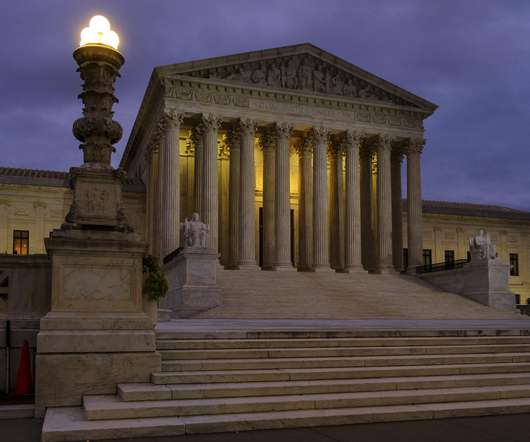EPA’s Power Plant Carbon Rules Are Critical—and Complex. Here’s What to Know, and What to Watch.
Union of Concerned Scientists
APRIL 20, 2023
Because beyond the importance of cleaning up the power sector itself, we also need a clean electricity system to enable the decarbonization of so many other aspects of our economy, from vehicles to homes and businesses to industrial processes. EPA ruling, EPA can still establish rigorous carbon emissions standards.


















Let's personalize your content